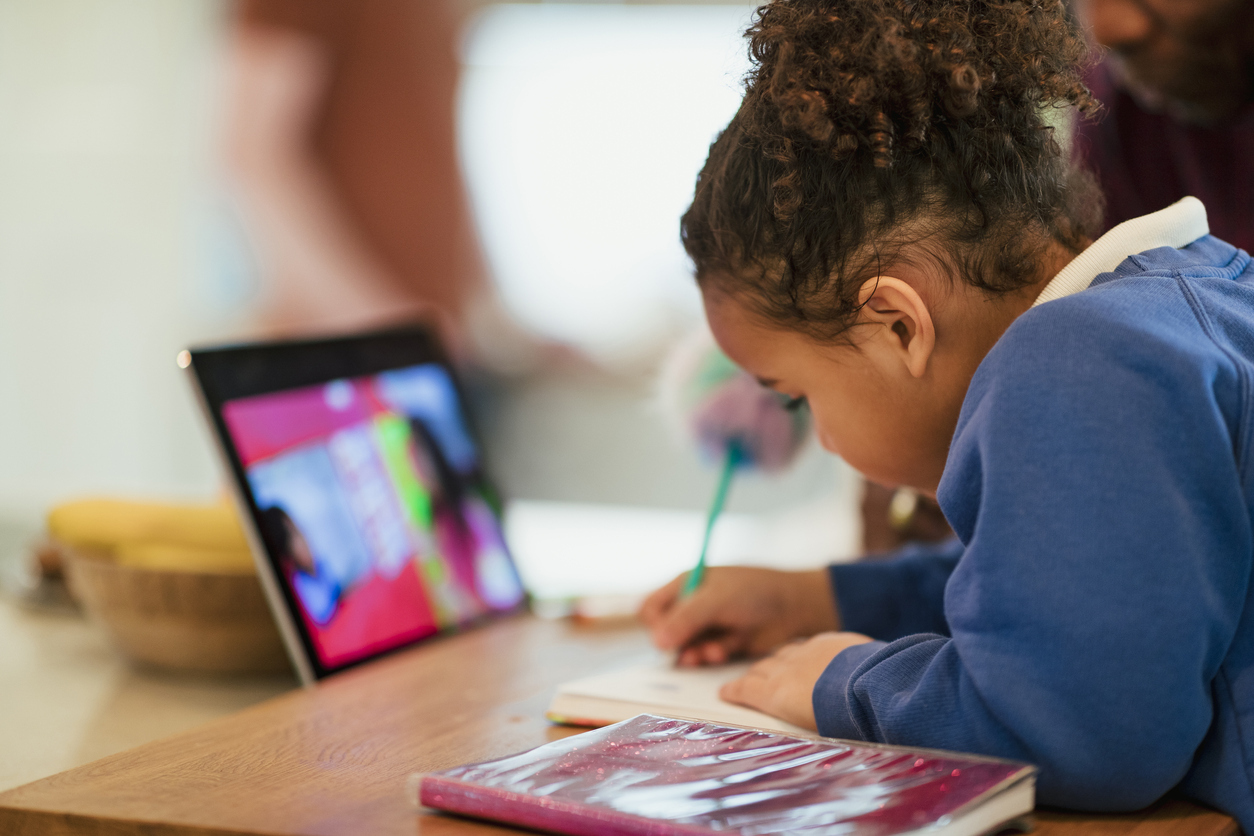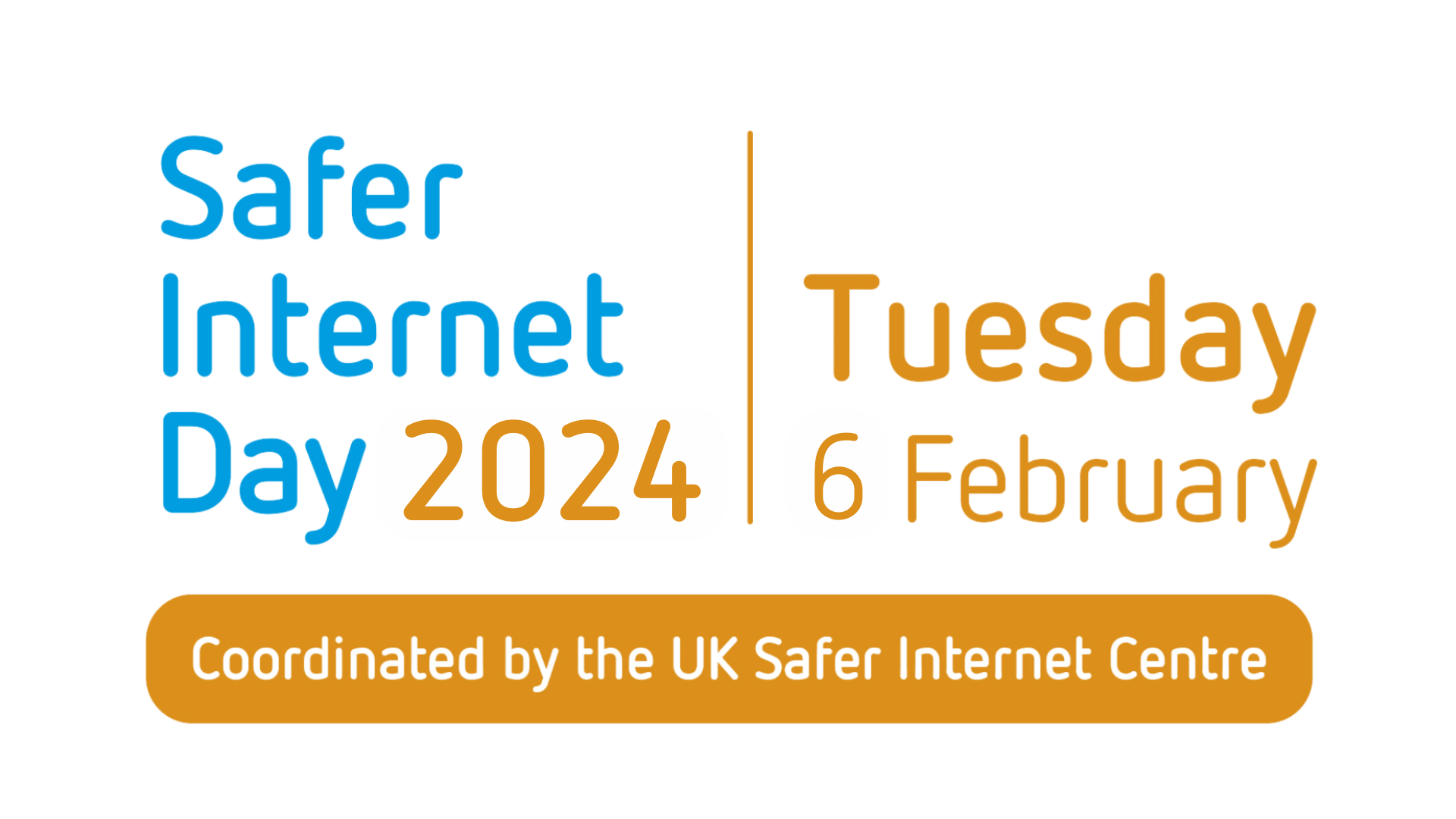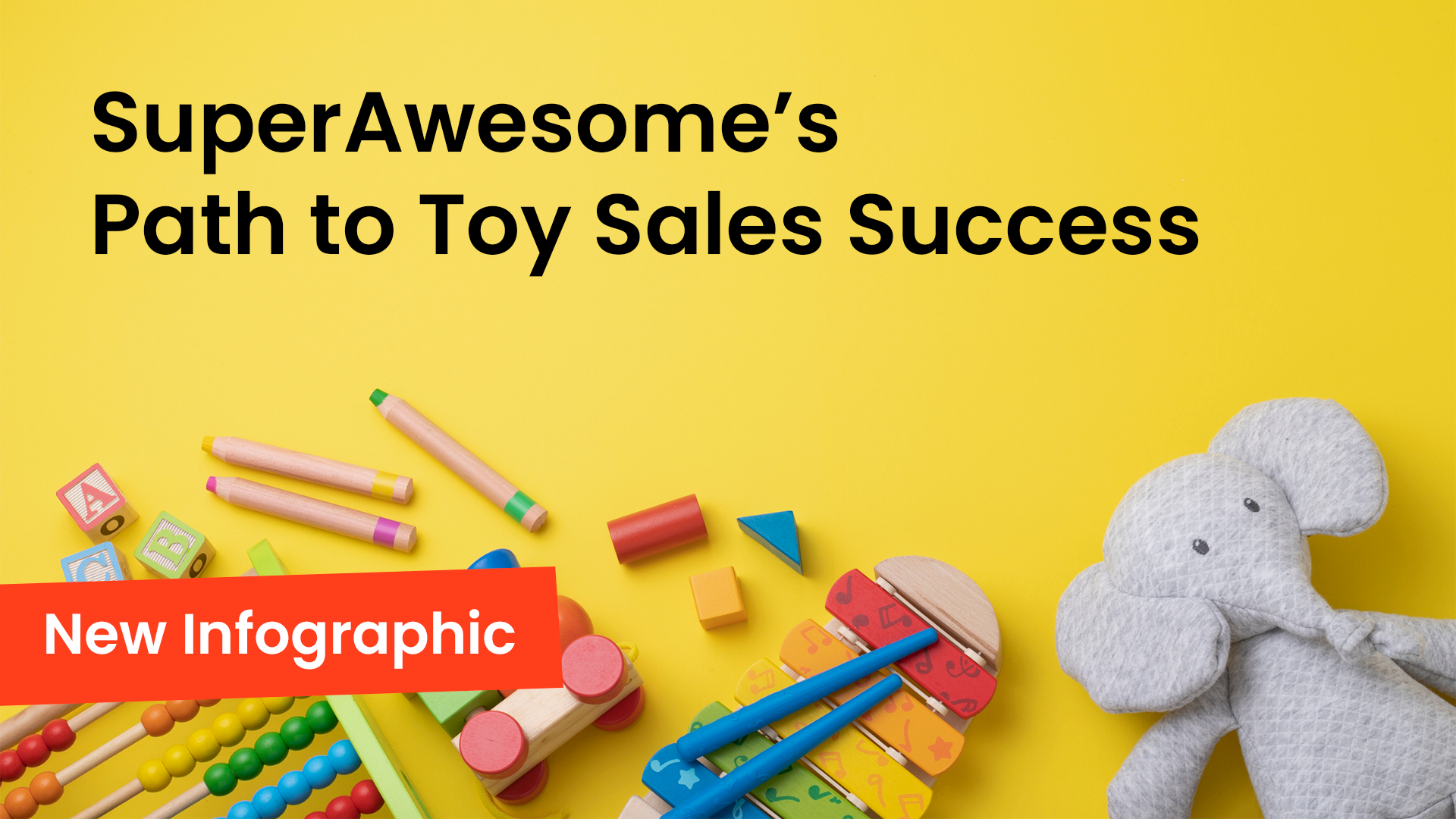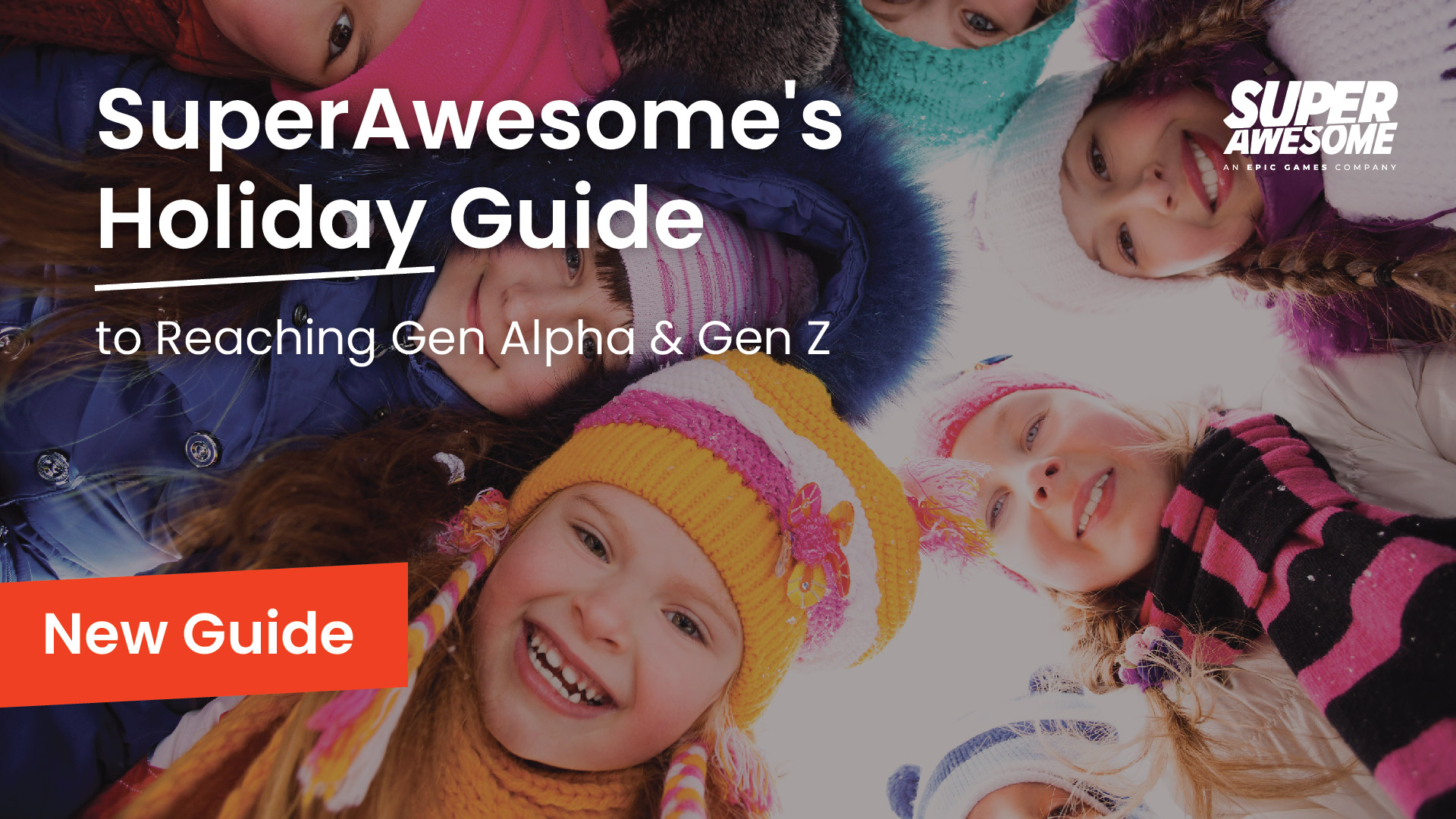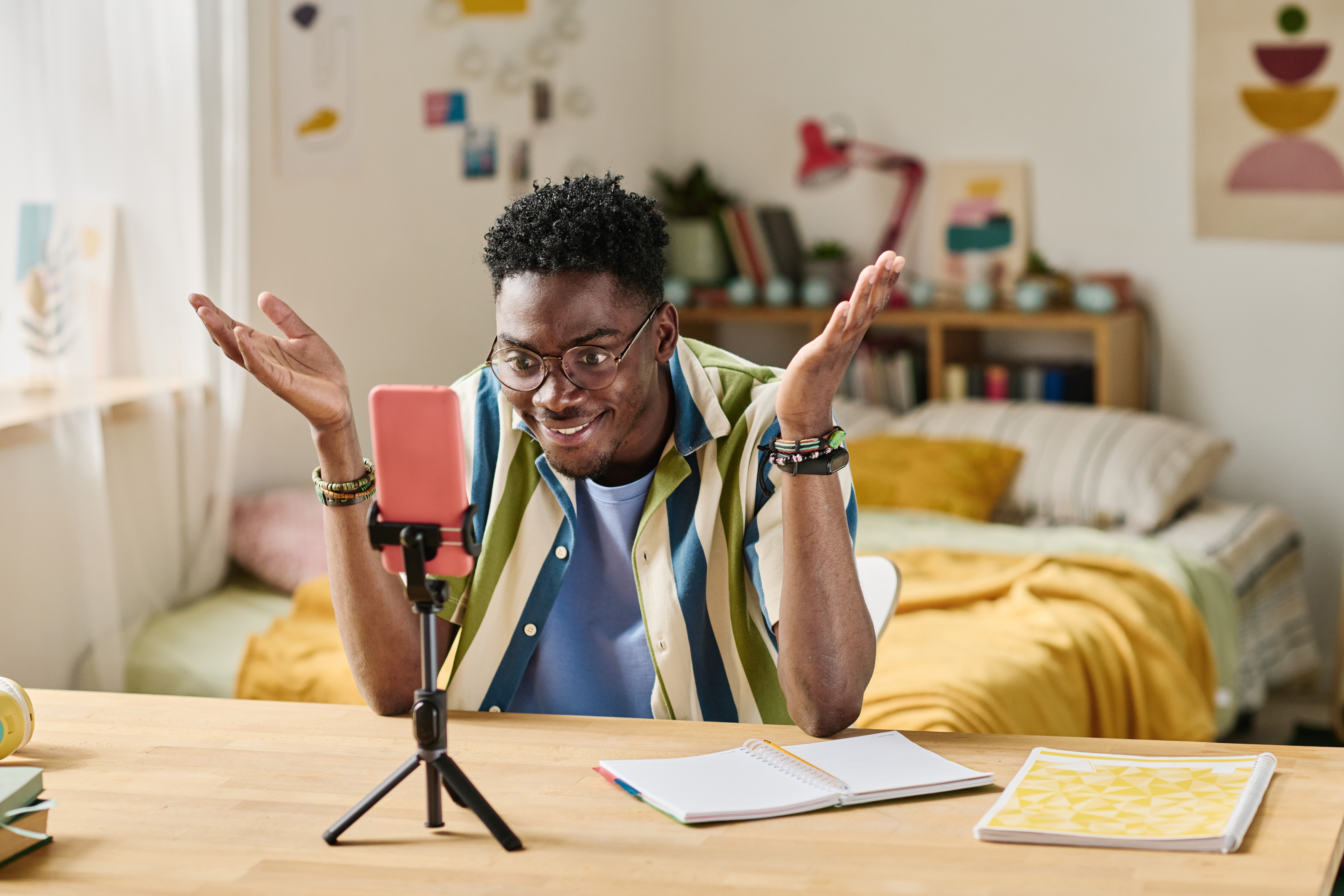Earlier this year, we launched SafeFam, a YouTube content certification program for young video creators/influencers and their audiences.
Stepping into a gap which YouTube has not tackled (or more accurately, cannot tackle) SafeFam helps young content creators learn, understand and adhere to the digital safety and content requirements of the under-13 audience.
There has been much controversy, uncertainty and blame in the YouTube influencer space. Brands and content creators alike were scrambling to define appropriate versus inappropriate in the world of influencer marketing, and they desperately needed guidance. This was part of the problem gap that SafeFam solves. As a publishing platform, YouTube takes no responsibility for the content made available to its users. SafeFam alerts creators to possible dangers or mistakes that not every family channel or 13 year old thinks about before clicking the “UPLOAD” button on their latest YouTube video.
Since launch, SafeFam has certified over 45 content creators including Wengie, SISvsBRO, and Joey Graceffa. To give you a sense of scale, these 45 creators have a combined reach of 40M subscribers. If we were an MCN (which we are most certainly not), this would make us one of the biggest communities of kids content creators in the world.
All of these content creators now don the SafeFam badge on their YouTube profile, signalling to brands and to audiences that they are fully cognizant of the responsibilities they have towards their young audiences. Hundreds of campaigns have now been executed that adhere to our SafeFam guidelines, linking safe influencers with brands to help them engage with their young audiences in the most safe and effective way.
And we’ve learned a few lessons along the way…
Most YouTube influencers still aren’t aware of the ASA and FTC restrictions and guidelines
You would not believe the number of parents and kids themselves with whom we have spoken who prefer to “keep it really natural and not disclose it’s been paid for”. This does not fly! There are advertising guidelines that need to be followed in order to qualify your brands’ promotions as appropriate and compliant. And ultimately there are serious financial and reputational repercussions for both the brand who is partnering with the content creators and the content creators themselves. Don’t chance it.
Parents need as much help as the content creators
The old adage that the parent knows best isn’t always the case! Many content creators with young audiences are kids themselves. They might be among the savviest kids on the internet – but they’re still just kids, and all of them have parents watching out for them.
When we contacted influencers to introduce them to the SafeFam program, we were met with overwhelming support from parents, who were glad to discover that there was some form of guidance available to them and to their kids. Working together with the parents, we have helped to ensure that not only is the content being created in a super-safe environment, but the content creators themselves are being looked after. They’re not risking their privacy, they’re not compromising their education – and they’re still making content they are proud of.
The brand appetite for YouTube influencers is bigger than ever. So are the risks
YouTube is a difficult space for brands. The truth is, there are millions of kids on there, with thousands more jumping online for the very first time every single day. This exponential growth makes YouTube an effective platform when it comes to reach – but along with that comes increased risk.
However, influencer marketing remains one of the most popular ways for brands to reach their under-13 audiences.
By working with content creators who have been certified by SafeFam, brands can ensure that they’re working with content creators who know the rules and adhere to the guidelines. This means they can avoid the embarrassment or liability of pairing their name with a controversial channel. It’s more than a case of reputation at this point, as there are huge legal issues that come along with not properly disclosing that you have been paid to promote a brand. Responsibility lies with both the creators and the brand to get right.
Ads that run before influencer content SHOULD (and can) be vetted by the channel owner
You probably know that the ads we see before an influencer’s videos are what add up to their paycheck at the end of every month. But did you know that YouTubers actually have a say over which ads are shown?
For a generic channel, whose content is not targeted to kids, the thought may never have crossed their mind. However, channels whose audience is comprised of children need to take this into account and spend some time reviewing the monetisation settings in their YouTube analytics.
SafeFam creators are shown how to curate the ads that appear before their videos for the sake of their young viewers. We ensure they remove content and categories that are not intended for a young audience such as:
All categories > Apparel > Clothing > Underwear
All categories > Arts & Entertainment > Horror Films
All categories > Arts & Entertainment > Offbeat > Edgy & Bizarre
All categories > Business & Industrial > Guns & Firearms
All categories > Business & Industrial > Security Weapons
All categories > Dining & Nightlife > Nightclubs, Bars & Music Clubs
All categories > Health > Health Care Services > Plastic Surgery
All categories > Family & Community > Faith & Belief
All categories > Food & Groceries > Tobacco
All categories > Food & Groceries > Drinks > Alcoholic Beverages
(There are many more).
You can find out more about our SafeFam content certification program here and our Kidfluencer Marketplace here.
Britt Bagnall is the founder of Cherry Pick Talent, a boutique influencer agency that partners YouTube talent with brands. In October 2017 SuperAwesome acquired the kids portion of Cherry Pick, welcoming her and her crew to the team.

